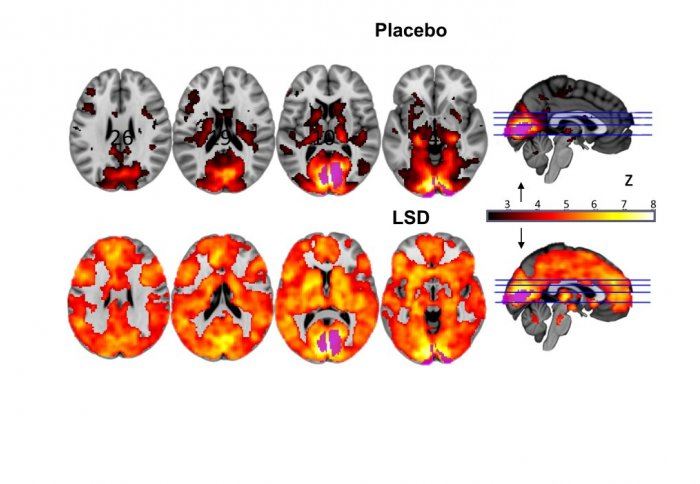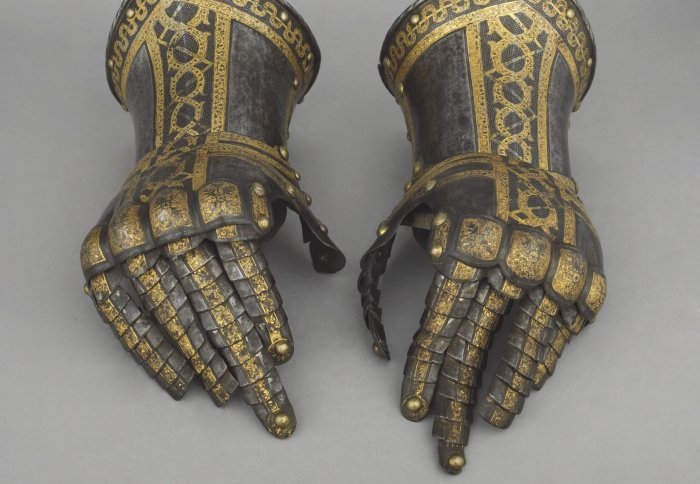
In early 2017, a group from the School of Bioengineering released their new development focussing on prosthetics. Their research had led to a prosthetic limb that was able to be controlled by spinal cord nerves, allowing a patient to move the arm by simply thinking about what they wanted it to do. Whilst this was a prototype, researchers hope that in the future the technology could be widely available, and become more sensitive to allow for a wider range of manoeuvres.
One widely-reported study, published in May, was led by the Department of Medicine at Imperial, in conjunction with King's College London and Oxford University. It found that when fathers were engaged and active playing with their children as babies, the children went on to perform better cognitively two years later. Whilst lots of studies have looked at early years development, this study was unusual in specifically targeting the effects of father-child interactions.
The Department of Medicine has also been partnering with other universities in its groundbreaking research on psychedelic drugs. Back in April, research showed that patients on psychedelic drugs had distinctive and diverse brain activity compared to their normal states. In early 2018, another group found that psychedelics, specifically psilobycin, the compound found in magic mushrooms, could lead to lasting changes in outlook around subjects including politics. These findings could have potential benefits for people suffering from depression and not responding to mainstream treatments.
One particularly fascinating piece of research highlighted history by chemically analysing a gauntlet from a 16th-century suit of armour. Using spectroscopic ellipsometry, a technique often used to test solar panels, light was reflected off the surface of the metal, finding out that the gauntlet was likely protected from rusting by heating it to around 250°C.
Looking much further back in history, a team from the Department of Earth Science and Engineering were part of a study looking at how ancient Britain separated from Europe. Their research indicated that the Dover Strait 450,000 years ago was a huge chalk ridge joining Britain to France, and damming in a giant proglacial lake. At some point, or potentially even twice, the lake surged over the ridge, releasing a megaflood.
And the famous white cliffs of Dover were also the source of fascinating new research revealing that they contained the fossilised remains of cosmic dust, and potential knowledge about the early solar system. This ancient dust could hold the key to understanding events such as asteroid collisions as long ago as 98 million years.
All of this research represents only a tiny part of the last year's achievements at Imperial College, and we're looking forward to seeing what extraordinary research and innovation the next year brings. Keep an eye out on Imperial's news pages to keep up to date with every development!


Psychedelic study
Image: © Imperial College London

16th-Century gauntlets analysed at Imperial College
Image: Trustees of the Wallace Collection